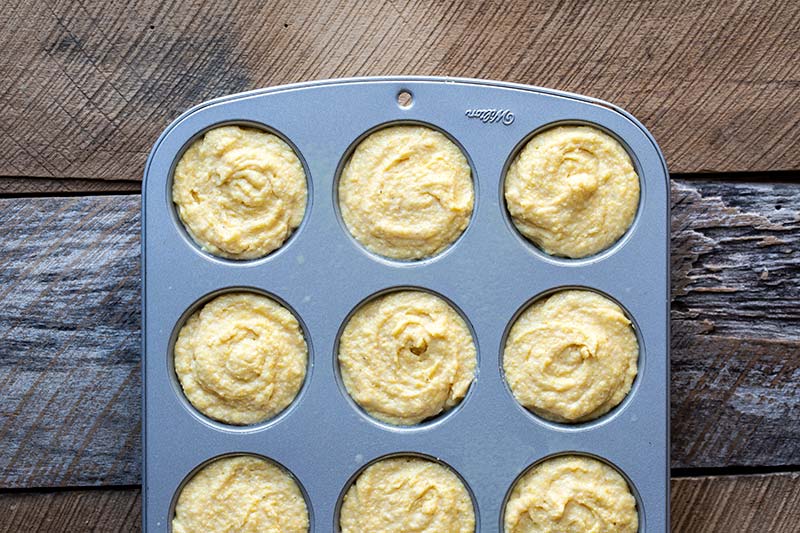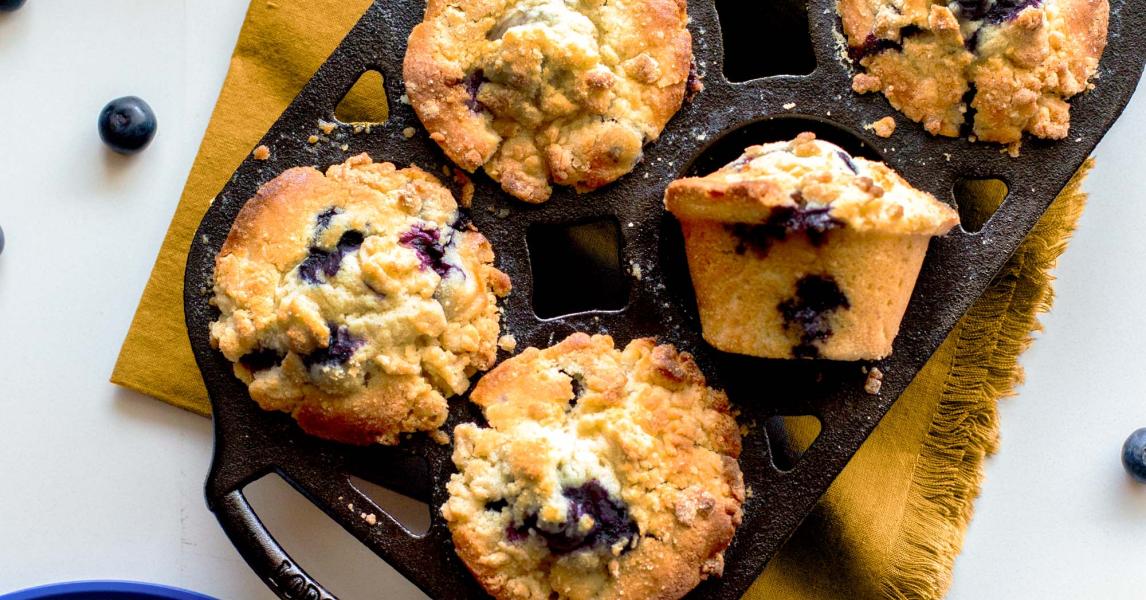For kitchen professionals, the choice between a cast iron muffin pan and a nonstick version is more than just a matter of preferenceit's a decision that can affect the quality of the muffins you bake and the efficiency of your kitchen operations. Both types of pans have their own sets of advantages and disadvantages, and understanding these can help you make an informed choice.

The Battle of Cookware: Cast Iron vs Nonstick
At the heart of this debate is the fundamental difference in the material and manufacturing process of each pan. Cast iron muffin pans are renowned for their durability and superior heat retention. They have been a staple in kitchens for generations, providing even and consistent baking results. Conversely, nonstick pans are celebrated for their ease of use and quick cleanup, thanks to their slick coating that prevents food from sticking.
Choosing between these two often boils down to what you prioritize in your baking process. For those who value tradition and robustness, the cast iron option may seem appealing. Meanwhile, if convenience and speed are your top concerns, nonstick pans might be the better choice.
The Benefits of Cast Iron Muffin Pans
One of the greatest advantages of a cast iron muffin pan is its longevity. Properly cared for, these pans can last a lifetime, and they often improve with age. The even heat distribution of cast iron means that your muffins will bake uniformly, eliminating the common issue of some muffins being undercooked while others are overdone.
Another benefit is the natural nonstick surface that develops over time. With regular seasoning, cast iron becomes almost as slick as a modern nonstick coating. Moreover, cast iron pans are versatile and can be used not only for baking but also for cooking a variety of savory dishes, as highlighted in this guide on muffin tin dinners.
The Convenience of Nonstick Muffin Pans
Nonstick muffin pans offer unparalleled convenience. Their lightweight design makes them easy to handle, and the nonstick surface ensures that muffins release effortlessly. This feature is particularly beneficial in a fast-paced kitchen environment where time is of the essence.
However, nonstick pans do have their drawbacks. The nonstick coating can wear off over time, especially if the pans are not cared for properly. High heat and metal utensils can damage the surface, leading to less effective nonstick properties.

Considerations for Kitchen Professionals
For professional bakers and chefs, the decision between cast iron and nonstick muffin pans may also be influenced by the type of cuisine or baking they specialize in. For example, vintage cast iron muffin pans may be preferred in artisanal or traditional bakeries, while nonstick pans might be better suited for high-volume production environments.
It's also important to consider the maintenance requirements of each type. Cast iron requires regular seasoning and careful cleaning to prevent rust, while nonstick pans should be washed with gentle soap and non-abrasive sponges to maintain their coating.
Conclusion: Making the Right Choice
Ultimately, the choice between cast iron muffin pans and nonstick muffin pans depends on your specific needs and preferences. If you're seeking a long-lasting, versatile tool that offers superior heat retention, cast iron might be the way to go. On the other hand, if ease of use and quick cleanup are your primary concerns, a nonstick pan could be more suitable.
Both options have their unique benefits, and sometimes, the best choice is to have both in your kitchen arsenal, allowing you to switch between them based on the recipe or requirements at hand. For more insights on choosing the right muffin pan, check out this comprehensive guide.
FAQs
Q1: Can I use metal utensils on a nonstick muffin pan?
A1: It's recommended to use silicone or wooden utensils to avoid scratching the nonstick coating.
Q2: How do I season a cast iron muffin pan?
A2: Coat the pan with a thin layer of vegetable oil and bake it upside down in a preheated oven at 350F for an hour.
Q3: Are cast iron muffin pans suitable for all types of ovens?
A3: Yes, they are compatible with all oven types, including induction ovens. Just ensure your oven is preheated for best results.
This article contains affiliate links. We may earn a commission at no extra cost to you.






Leave a comment
This site is protected by hCaptcha and the hCaptcha Privacy Policy and Terms of Service apply.